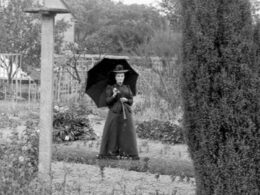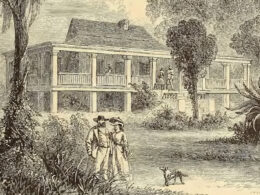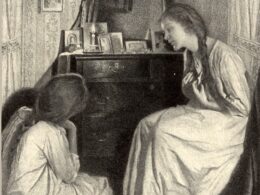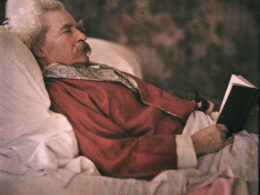Kate Chopin (1850–1904)
From Kate Chopin: Complete Novels & Stories
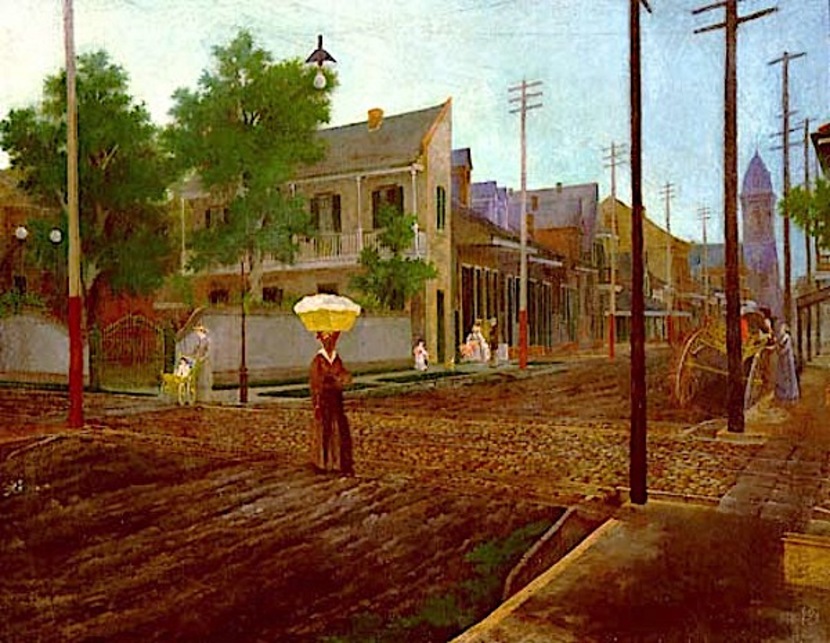
125 years ago, in the spring of 1895, Kate Chopin was at the height of her career, publishing upwards of a story a month in most of the nation’s most prominent literary magazines.
Yet, as an author who pushed the boundaries of what was acceptable for a writer (and especially for a woman writer) to describe in fiction, she faced her share of rejection slips, usually for stories that were considered transgressive or morally ambiguous. For example, one of her best-known tales, “The Story of an Hour,” was rejected by four major magazines, almost certainly because of its cynical view of marriage, and the editors at Vogue reversed their decision only after her debut story collection became an unexpected success.
A number of her works—including stories now considered among her best—never found a home at all and remained unpublished at the time of her death. The story “Cavanelle” would not have seen print if a friend had not included it in the debut issue of a small literary journal for Jewish women—for which Chopin was paid a token amount of $10, one of the lowest payments she received at the time. (“Kate Chopin was the only non-Jewish contributor,” writes biographer Emily Toth, “and her story was not about Jews, nor even particularly about women.”)
For our Story of the Week selection, then, we present “Cavanelle” and explain why past critics and scholars, until recently, may have misunderstood the meaning of the story.
